Find out our works
Our Products
Buddha
Buddha was a wandering ascetic and religious teacher who lived in South Asia during the 6th or 5th BCE and was founded Buddhism. According to Buddhist legends, Siddhartha Gautham was born in Lumbini, Nepal to royal parents of the Shakya clan but renounced his home life to live as a wandering ascetic. After leading a life of mendicancy, asceticism and meditation, he attained nirvana at Bodh Gaya, India. After spending 49days sitting under a Bo-tree meditating, Siddhartha Gautam became Buddha Gautama: he had finally reached enlightenment.
The original tree under which he sat, is no longer living but the term “bodhi tree” is also applied to existing sacred fig trees. The foremost example of an existing tree is the Mahabodhi Tree growing at the Mahabodhi Temple in Bodh Gaya, which is often cited as a direct descendant of the original tree.
This seated posture refers to the moment just before he receives enlightenment, which is one of the first image of the Buddha ever created. It shows him in an enlightened state, wearing monk’s robes and seated in the lotus position. For many Buddhists the image represents their deepest aspirations, values and potential. For others, it signifies the profound hope and support they find in Buddhism. The image of the seated Buddha conveys calm, peace and tranquillity, which may be why Buddhists and non-Buddhists alike often have the image in their home or garden.
This style of Buddhist visual art is called Mathura art which once flourished in the trading and pilgrimage centre of Mathura, Uttar Pradesh, India, from the 2nd century BC to the 12th century AD; its most distinctive contributions were made during the Kushan and Gupta periods (1st – 6th century AD).
As Meditating Buddha statue in this Mathura art form of India is the perfect accent for peaceful and harmonious home so I made it in ‘Lost-wax’ for everyone who are loving Buddha and believes in Buddhism.
Size(cms) –– L -11.5, B-9, Ht – 28, Wt – 1.5 kgs. Metal – Brass.
Get a QuoteOur Other Dokra Products

Votive Lamp

Sankh

Antiquity Trinket Box

Drishti Ganeshas
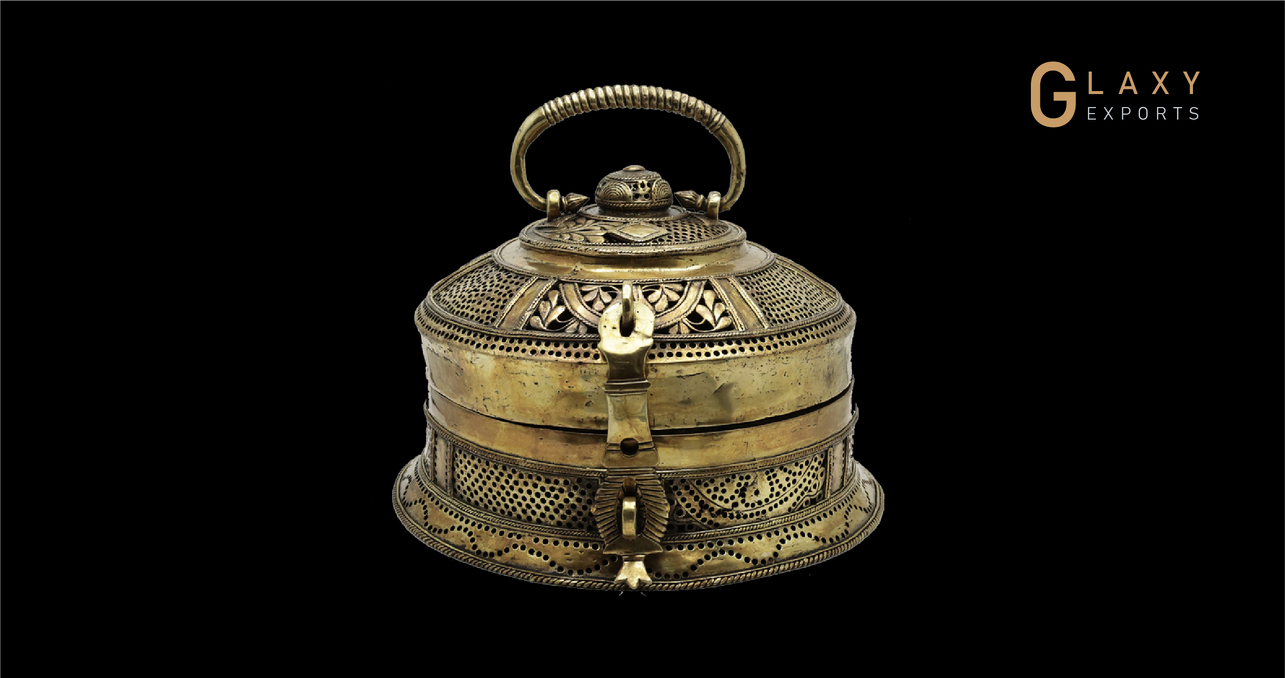
Petit Cabinet de Curiosities

Lime Stick
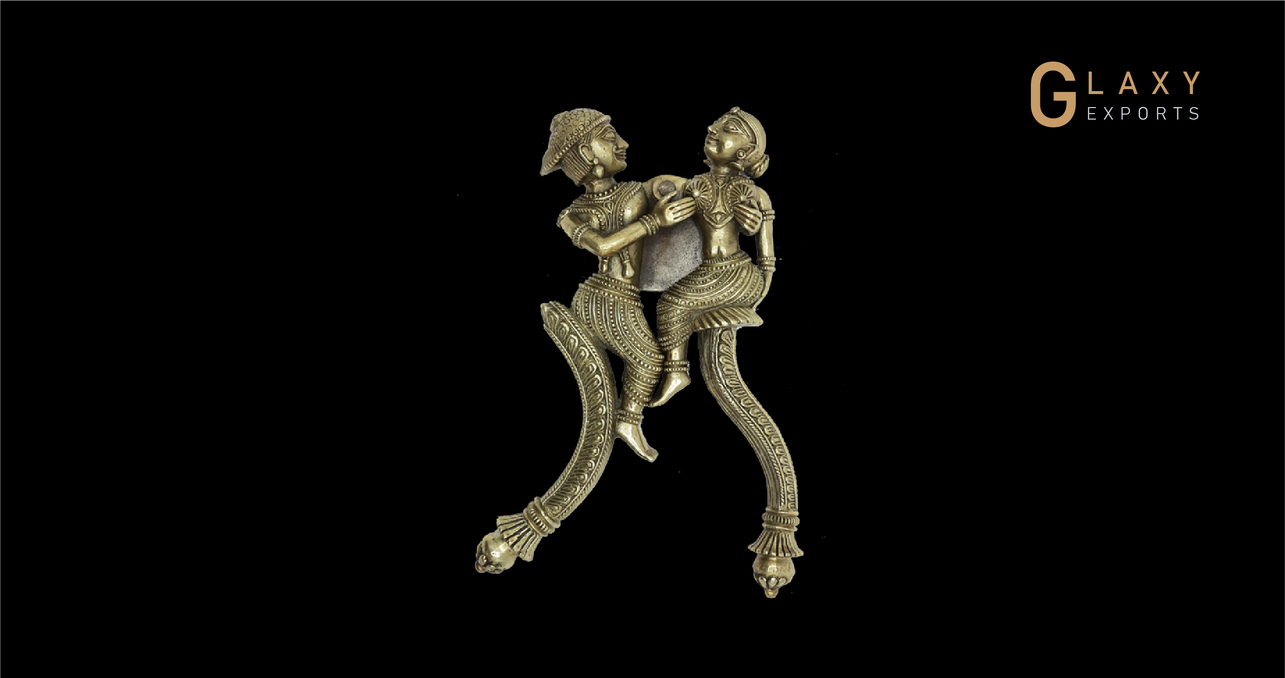
Betel nut Cutter

Shiva Lingam

Tara / Shakti
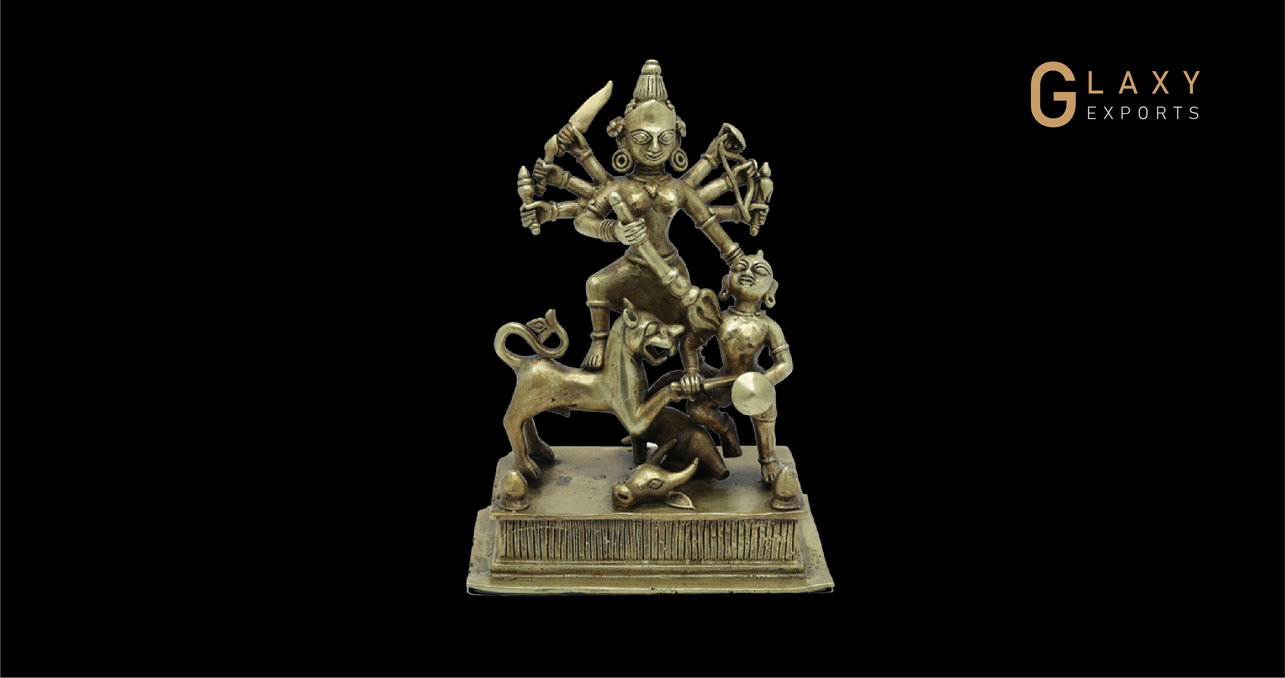
Mahisasurmardini

Mahisasurmardini

Babu Ganesha

Ravana

Deepam of Devi

The Majestic Peacock

Lamps of India

Votive lamp
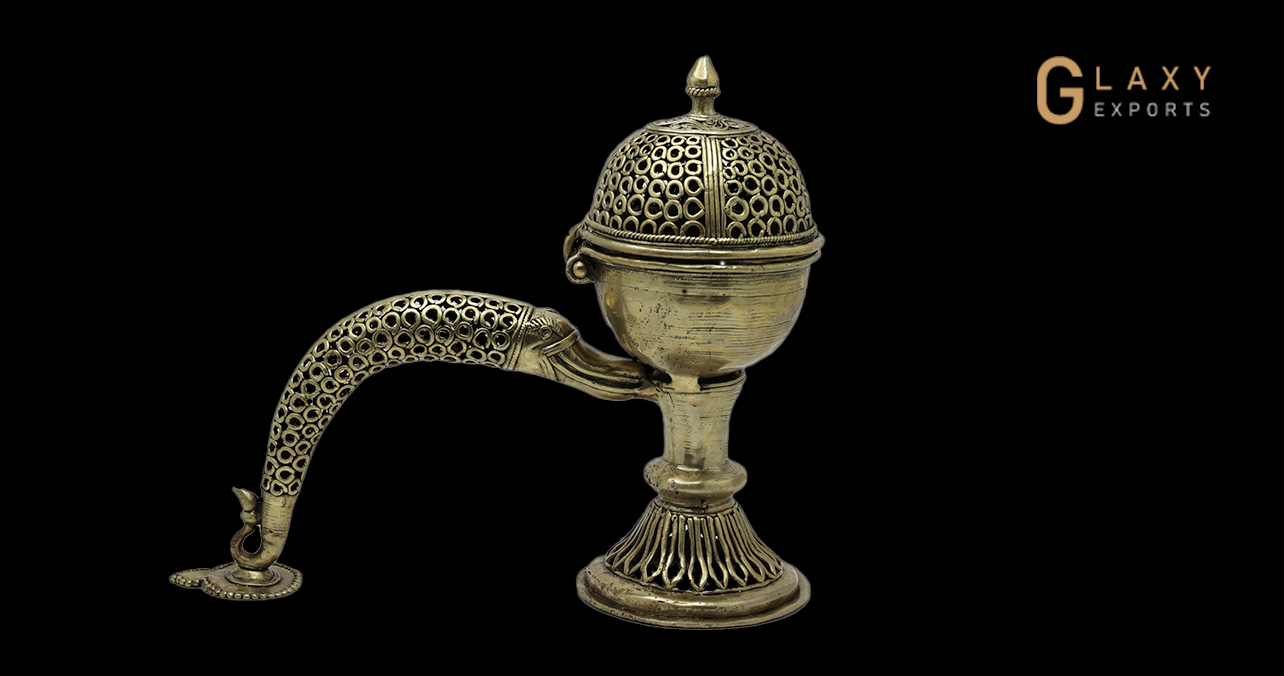
Chirag Dhuni

Chirag Dhuni

Chirag Dhuni

Buddha

Bandevi

Mahisasurmardini
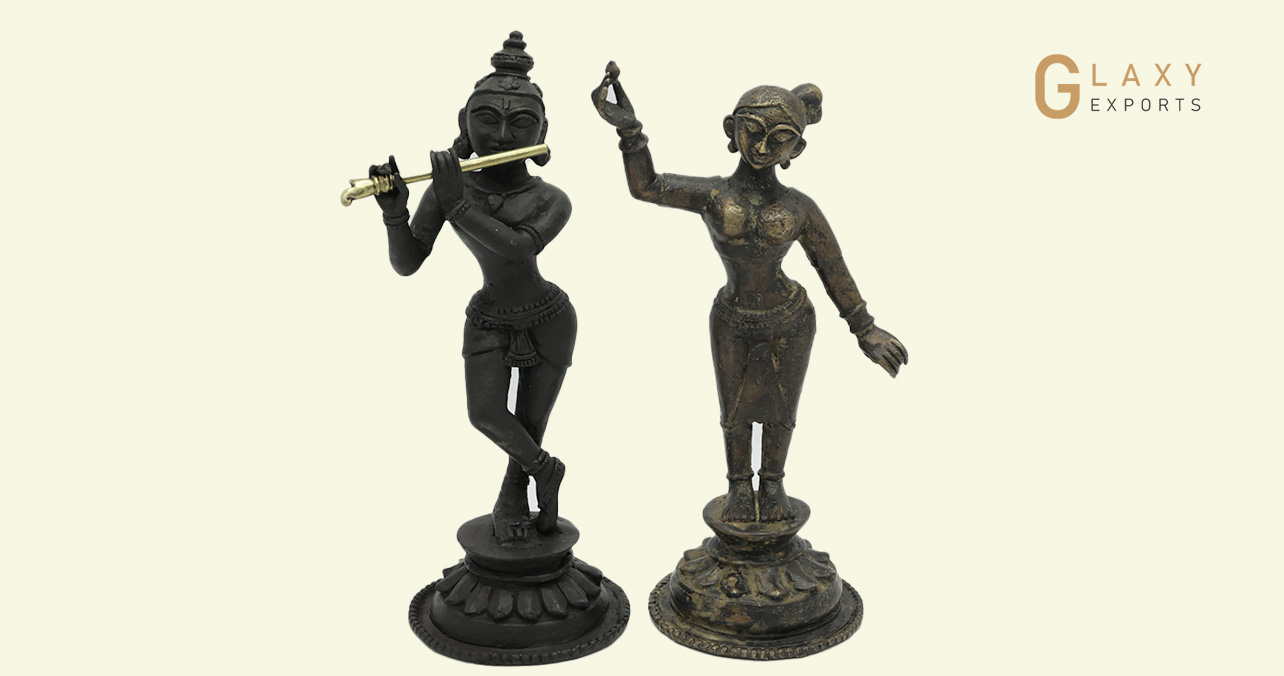
Radha Krishna
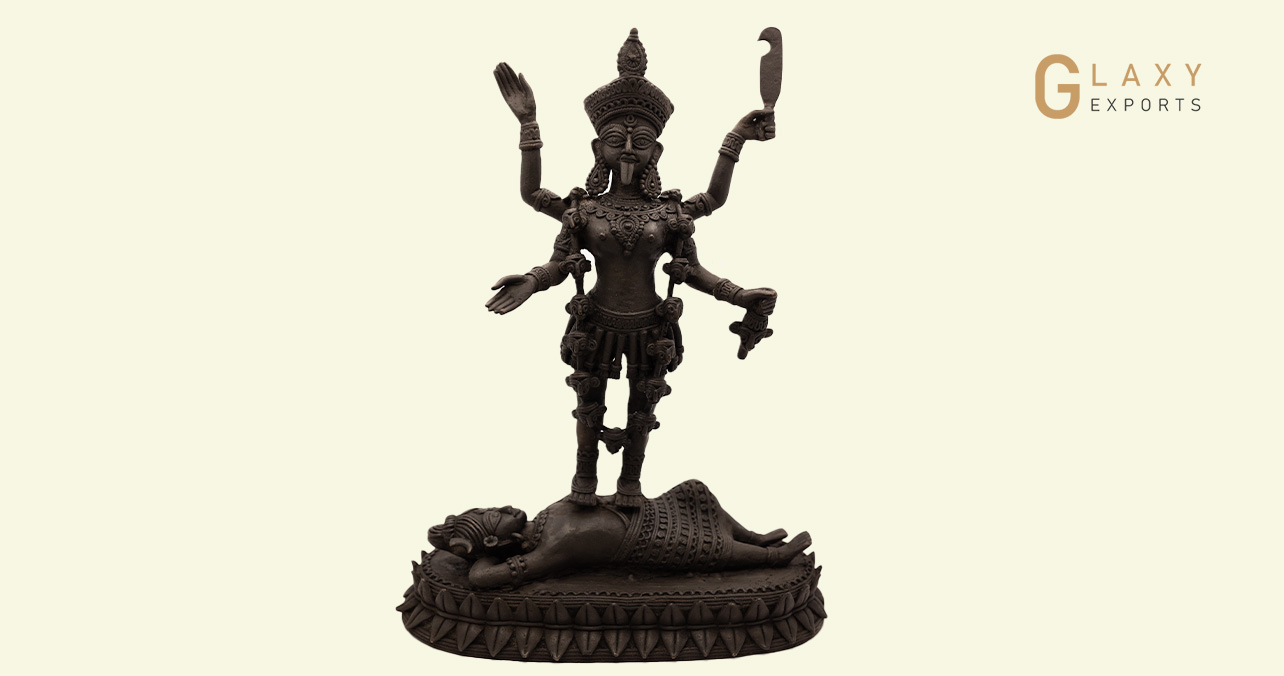
Maa Kali

Chamunda

PASHUPATINATH

Antiquity Trinket Boxes




